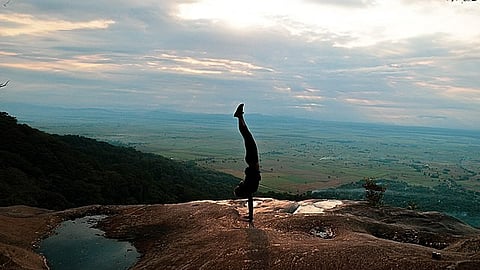Facing fears
The clinician can make a difference by addressing people’s fears through conversations.
Sports and exercises categorized by group - click to expand
“Physicians can impact a patient’s decision to be more physically active or to initiate an exercise program,” said Arida. “They can help patients be more confident in doing exercise and talk about which activities they might be more comfortable doing.”
Addressing the fear of having a seizure during exercise also is important.
“For people who are well controlled, this is not a realistic fear,” said Jane Allendorfer, associate professor of neurology at the Heersink School of Medicine, University of Alabama, Birmingham. USA. “Hearing that from a physician, someone they look up to for medical advice, would be really helpful. To be told, ‘You are seizure free; there is nothing preventing you from doing physical activity.’”
There are other barriers to physical activity in people with epilepsy:
Access to a safe and appropriate place to exercise, such as a gym or walking trail
Access and availability of group activities
Costs, for membership, lessons, transportation, or equipment
Depression and anxiety, which can make it difficult to initiate and continue exercise
Fear of being stigmatized by having a seizure in public
Recommendations for exercise in people with epilepsy - click to expand
“Some people may want to do sports with others, but can’t find a way to do that,” said Carrizosa. “Or they may have an opportunity to do it but feel afraid or ashamed due to their epilepsy. They don’t want to disclose that they have epilepsy, and that prevents them from engaging.”
While stigma can deter people from exercise, exercise can help to reduce stigma and bolster self-advocacy. Jani said he was open with his gym-going friends about his condition so they could help him be safe while working out. When he began outdoor cycling, his trainer and co-riders were aware of his condition and learned what to do if he had a seizure. When he joined a running club in Delhi, he told the group that he was a person with epilepsy and would need someone to accompany him.
Before his surgery, Jani had auras, so he could stop his activity and alert someone. He remembers only one seizure during physical activity in 15 years; it occurred while cycling outdoors. “When I had the aura, I stopped my bicycle and informed my co-rider,” he said. “My co-riders keep my medicines with them.”


